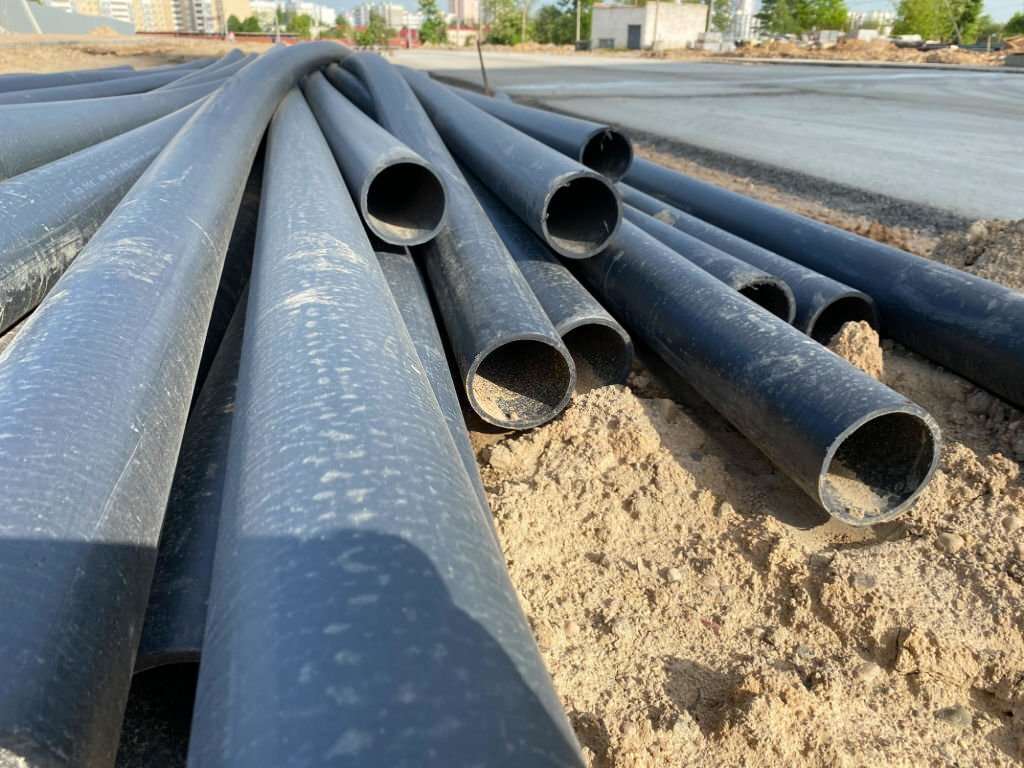
What Is HDPE Plastic?
HDPE plastic is a thermoplastic that has excellent physical and chemical properties. HDPE plastics are typically three to four times stronger than other types of plastic; they can be more easily processed and have good resistance to heat and chemicals. They are most commonly used in products that will be exposed to the elements (e.g., water bottles and food containers). Still, they can also be found in various other applications, such as car parts and medical devices.
How Can I Use HDPE Plastic for Making Something?
There are a few ways you can use HDPE plastic for making something. You can make a product out of it, put it inside another product to create an enclosure or protection layer, or use it as the basis for a 3D object. We will be discussing each of these here. First, let’s talk about products that you can make out of HDPE plastic. These may include things like bottles and jars (like food or household products), vehicles (like cars or boats), toys, electronics, and appliances with cases made from it are very popular nowadays as the heat resistance makes them durable in comparison to other types of plastics used for such items like ABS plastics – a material completely different.
Are There Any Alternatives to Using HDPE Plastic?
There are a few alternatives to using HDPE plastic in your product. You can use other types of thermoplastics such as ABS or PETG, which offer different properties but many times the prices. Another alternative is Polycarbonate – another high-quality material that offers good thermal stability and chemical resistance; however, it’s more expensive than HDPE and often less durable/hardwearing than products made from it.
Can I Recycle This Kind of Plastic, Or Will It Still Be Helpful After Recycling?
Yes, the recycling of HDPE is very effective. The high density makes it a valuable resource for creating new products, and the short-chain length means that it’s easier to extract energy from it during recycling than other types of plastic.
Which Are the Best Brands of HDPE Plastic?
There are a few brands of HDPE plastic that stand out as the best quality options. These include 3M, Owens Corning, and Dupont. These brands offer products with high-quality construction and long-lasting durability – perfect for products that will be exposed to the elements or subjected to heavy usage. The most popular pure form of HDPE has a high-density, short-chain length, and low crystallinity. A few specialize in the disposal of thick or high-strength plastics. Most companies have sorting machines designed to separate different types of raw materials – and using these sorts puts products closer to market much faster than several days on trucks through large manufacturing plants.
What Is the Most Common Type of HDPE Plastic Used in Manufacturing, And What Does It Do?
The most common type of HDPE Plastic used in manufacturing is the injection molding casing. This type is very prone to crack under stress, making it unsuitable for high-strength applications or products that will be exposed to the elements. Other uses for HDPE include food and beverage containers, outdoor gear like tents and backpacks, toy parts, and other household items.
What Is the Difference Between HDPE And Other Types of Plastic?
The main difference between HDPE and other types of plastic is that HDPE has a high density. This makes it a valuable resource for creating new products and improving the efficiency of current developments. Additionally, because it has a short-chain length, it’s easier to extract energy from during recycling than other types of plastics.
Is HDPE Plastic Waterproof?
Different plastics will be more or less waterproof based on their specific characteristics. They are generally speaking. However, HDPE plastic is not considered highly water-resistant and may not last long when exposed to moisture. If you need a highly water-resistant plastic, polyethylene terephthalate (PET) may be better. It’s resistant to most chemicals and weather conditions, ideal for exterior uses such as rain gutters or roofs.
